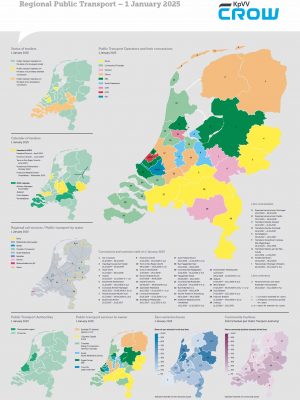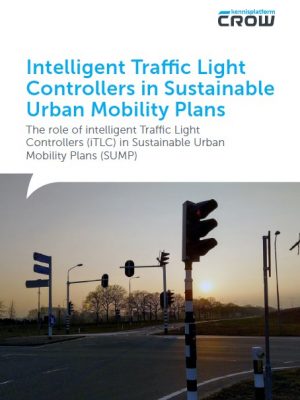Congestion charges and cycling
Free download
This evaluation of the European Cyclists Federation shows that three of the four cities applying a system of congestion charging use part of the revenues from their&respective scheme for measures related to cycling. Especially London and Milan support the development of cycling through the&congestion charging system and have positive results.
In London, the number of cyclists has increased substantially and cyclist accident rates have gone down in the congestion charging zone.
In Milan, the public bike sharing system financed partially through the “Area C” charge has developed very positively, and now even includes e-bikes. Gothenburg also has cycling infrastructure measures in its transport package funded through the congestion charge; however, it seems that the role of cycling is much more prominent in the communication of the package than in the actual funding.
In Stockholm, the financing of investments in cycling is not an explicit part of the transport investment package linked to the congestion charge. There is other funding available for cycling, and cycling is increasing; however, the strategy of the city to invest all revenues from the congestion charge in the construction of motorways may induce more traffic in the future and neutralise the positive effects of the system in the long term.
Author(s): Holger Haubold
Publisher: European Cyclists’ Federation
Publication Date: 09-05-2016





